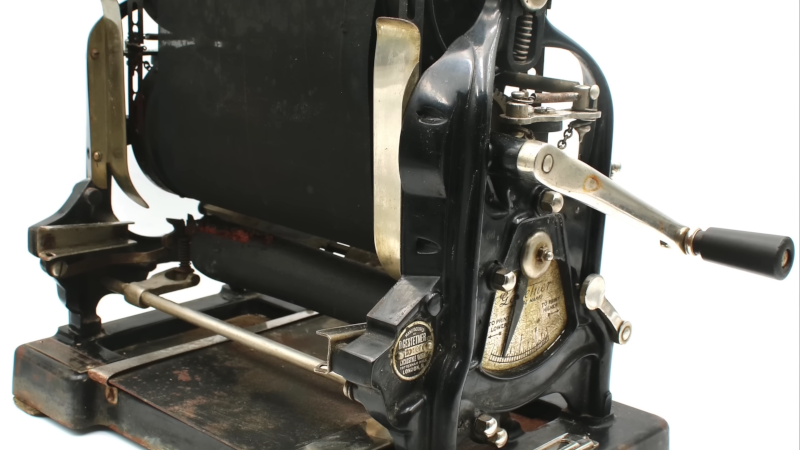19th Century Copy Machine: The Cyclostyle [Hackaday]

In the 2020s photocopiers are getting a bit exotic, although they are not gone yet. But these days, you are more likely to simply print multiple copies of a document. However, it wasn’t long ago that making a copy of a document was a tall order. Carbon paper was fine if you were typing and only needed a few copies. But in the late 1800s to early 1900s, several solutions were available, including a beautiful early mimeograph known as the Cyclostyle at [Our Own Devices], examined in the video below.
The Cyclostyle was possibly inspired by a hectograph (something we looked at before). The Cyclostyle was originally a special stylus used to remove wax from a paper stencil. Then, a process similar to screen printing would make copies for you.
The video mentions several other copying systems, including one that used shellac and corrosive ink. He also talks about Edison’s electric system to produce stencils that eventually led to both tattoo guns and the A.B. Dick mimeograph.
If you want to jump straight to the hardware and skip the history — but we don’t recommend that — you can start at minute 7 of the video. The specific machine probably dates to 1910 or so and was made in the UK and sold in Canada. A.B. Dick dominated the market in the United States.
A great look at a grand old machine. We’ve looked at copiers similar to this one and up to the original Xerox machines. If you really want to do “real” printing, why not 3D print a letterpress?

![19th-century-copy-machine:-the-cyclostyle-[hackaday]](https://i0.wp.com/upmytech.com/wp-content/uploads/2024/01/162026-19th-century-copy-machine-the-cyclostyle-hackaday.png?resize=800%2C445&ssl=1)